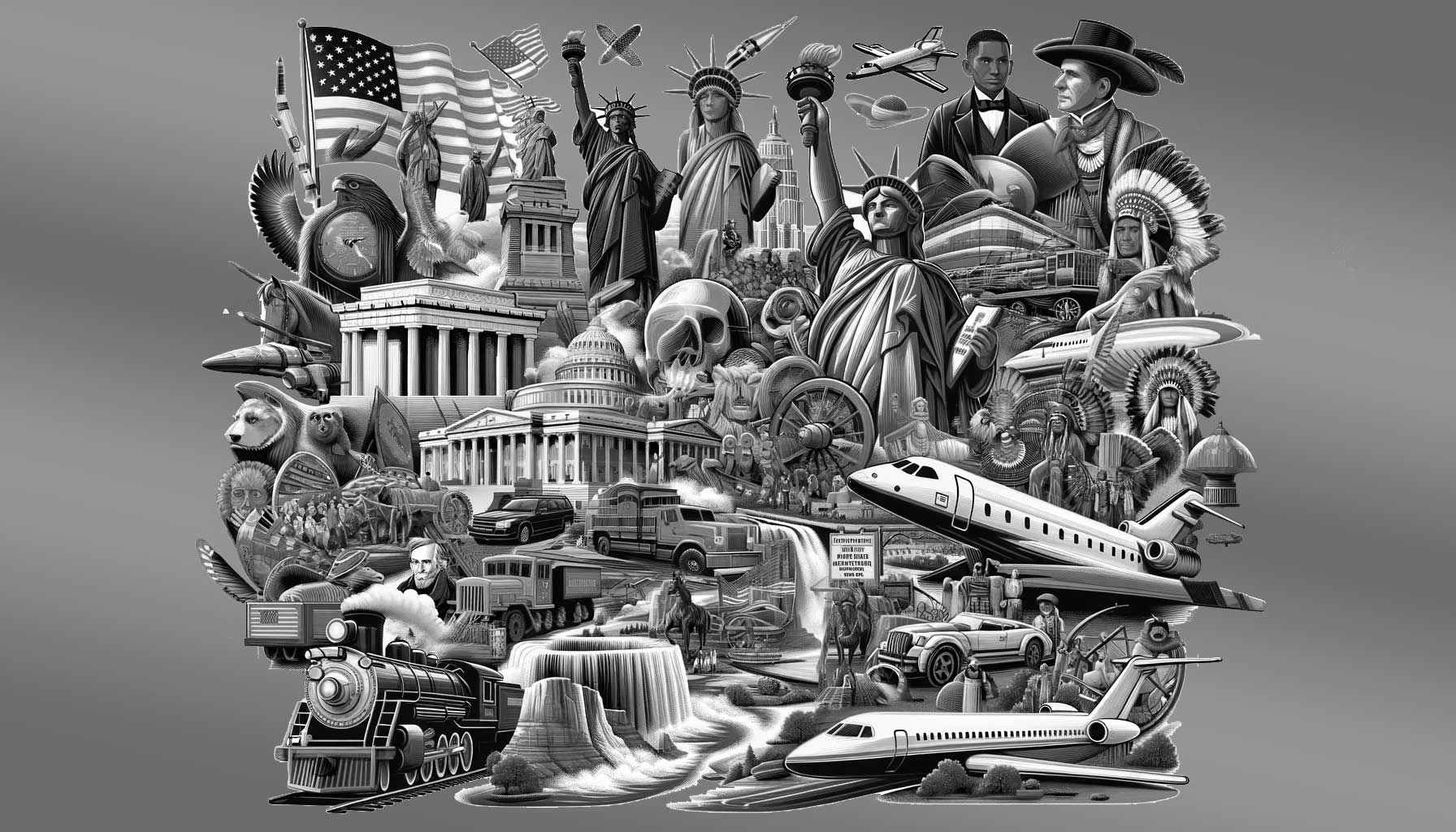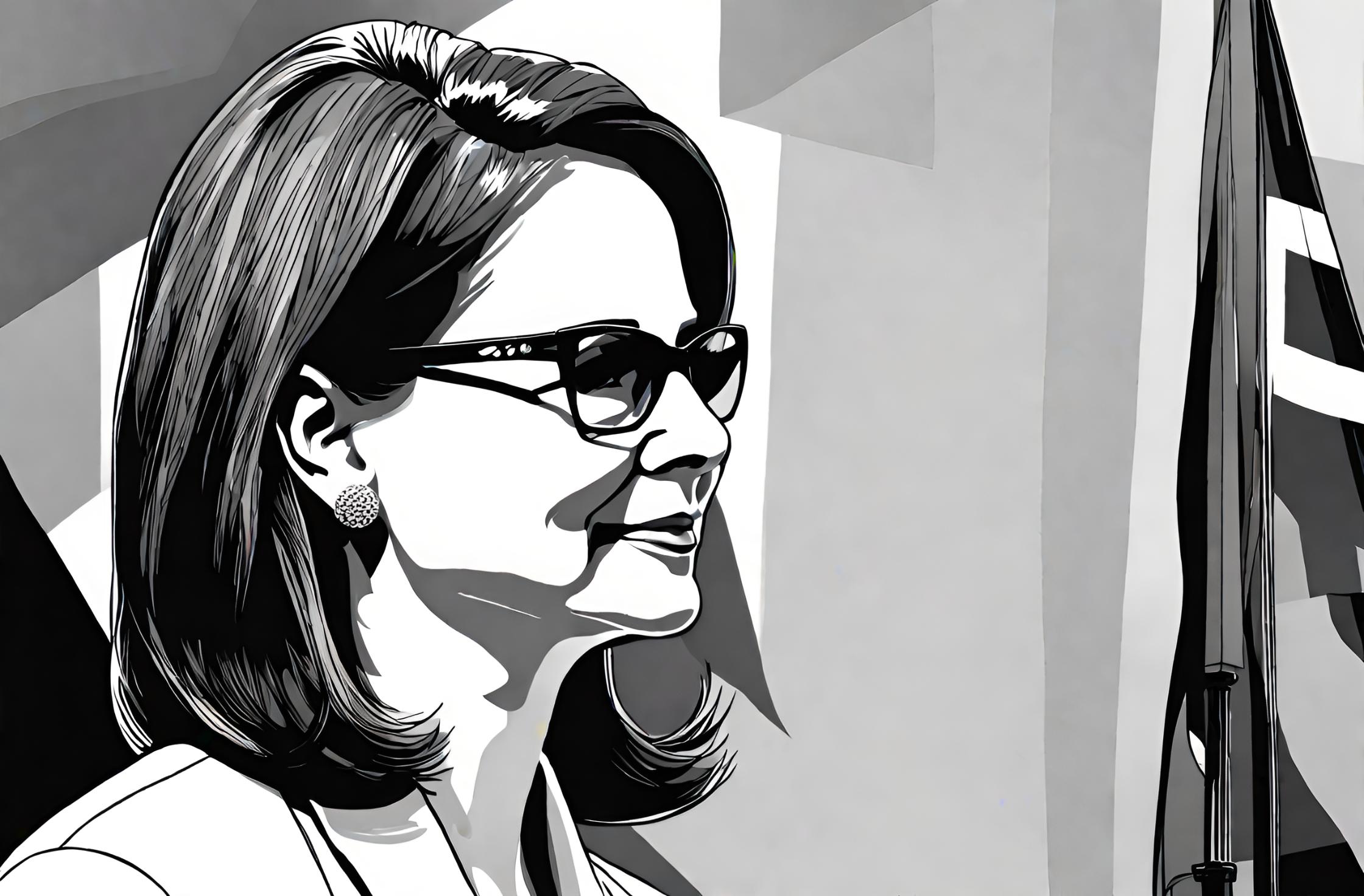Flashback to August 10
American History

On August 10, 1885, a significant event marked the annals of American transport history; the introduction of America’s first commercially operated electric streetcar by Leo Daft in Baltimore. This achievement was not only a groundbreaking technology advancement for Baltimore, but it also symbolizes a pivotal moment in transit history, transforming urban transportation nationwide. Explored in this piece, it casts a keen eye on the crucial functions of this pioneering innovation and how it shaped the future of transportation in America.
Leo Daft, an emblem of ingenuity and innovative prowess, took the helm in unveiling the revolutionary technology that was America’s first commercially operated electric streetcar in Baltimore. Daft constructed unique electric locomotives, showcasing improved speed, efficiency and a cleaner alternative to the prevailing horse-drawn carriages and steam-powered trains.
The electric streetcar presented numerous advantages in its application, revolutionizing how people move around cities. The impact was immense, giving birth to more efficient mass transit systems while reducing reliance on horses, thereby curbing collateral environmental problems tied to their use in transportation.
What cemented the significance of Daft’s electric streetcar was not merely the technological leap it represented. It also offered a blueprint for the possibility of mass transportation on a wider scale. This quality, in essence, is the hallmark of multi-purpose transit systems in contemporary society, underscoring the importance of Daft’s invention.
In essence, the tangible benefits of Leo Daft’s innovation can be seen in modern transportation’s entire fabric, particularly in Baltimore. Through the introduction of the electric streetcar, the landscape of urban mobility was irreversibly altered, becoming more eco-friendly and sustainable. This revolution gave people an enhanced sense of freedom, facilitating more relaxed, effective, and quicker mobility across bustling cities. From short to long distances, daily commuting was made easier, initiating an era of increased productivity.
The ripple effects of this invention didn’t stop at the urban populace alone. It also influenced the urban planning and development of cities. It led to a demographic shift that saw an increase in urbanization due to the ease of transport that the electric streetcar provided. Moreover, it fostered and promoted increased connectivity within and across cities, leading to economic and socio-cultural growth.
In the broader context of American industrial history, Daft’s electric streetcar only added to the steady stream of U.S. technology innovations. Still, his contribution stands out characteristically for its impact on public transport. It is a testament to the agile American spirit of innovation that continues to drive new ideas and solutions for modern-day challenges.
In reflecting on that momentous summer day in 1885, the unveiling of Leo Daft’s electric streetcar heralds much more than the birth of a new transportation means. It symbolizes an era of transformation in American transportation history, an era where technology began to roll into every corner of urban living, making us rethink and reshape the way we move from point A to point B.
Fast forward to the now, more than a century later; traces of Leo Daft’s ingenious invention are evident as public transportation has evolved into an indispensable part of city living across America. From trams in San Francisco, subway systems in New York, to light rail operations in Baltimore, echoes of that first electric streetcar are loud and clear.
Undeniably, the day Leo Daft opened America’s first commercially operated electric streetcar remains a touchstone in the transportation world. It revolutionized and shaped the future in terms of how we move, live, and interact on a global scale. As we continue to innovate and advance in technology, the roots of these developments can be drawn back to significant milestones like the electric streetcar’s introduction in Baltimore. Accordingly, history both acknowledges and appreciates Daft’s contribution, commemorating it as transformative and pivotal in the path of transportation evolution.
We strive for accuracy. If you see something that doesn't look right, click here to contact us!
Sponsored Content

A 1957 DeHavilland DHC-3T…
"Tragic news broke on…

Leo Daft opens America’s…
Discover how Leo Daft…

US President Harry S.…
On August 10, 1949,…

Battle of Wilson’s Creek,…
Experience the legacy of…

At Massena, New York,…
Witness a pivotal moment…

Buford O. Furrow, Jr.…
"Buford O. Furrow, Jr.'s…

